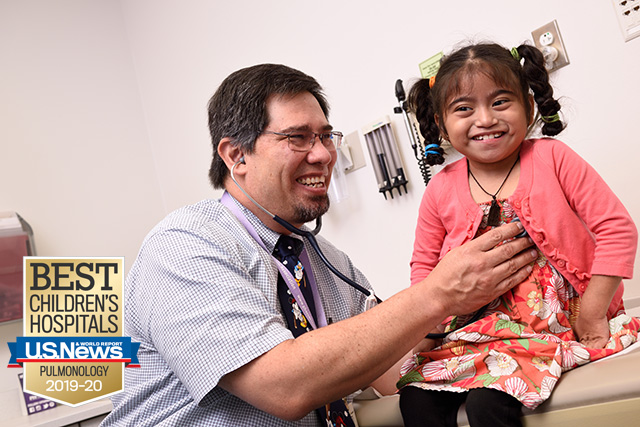
As part of Texas Children’s Patient Access Initiative, the organization has made major progress to ensure our patients easily and conveniently get in the door to receive the care they need, when they need it.
“Our objective has been to lay a solid foundation and layer on additional patient access solutions now that we have a sturdy infrastructure to build from,” said Texas Children’s Surgeon-in-Chief Dr. Larry Hollier and co-chair of the Access Executive Steering Committee. “Because we really care about our families, we have to pay attention to their needs and do more to help them out. We have to keep the doors open to our patients and their families.”
Last year, Texas Children’s Patient Access Committee evaluated 944 provider templates and found additional slots where physicians could see patients for a duration of four hours, which resulted in the organization adding 53,000 new appointments to the system that had not existed before. In addition to this, the 72-hour flip helped the organization maintain flexibility and open schedules. If an appointment slot for a specific patient type was not filled 72 hours out, the slot automatically opened to a broader group of patients.
7-3-1 strategy: Building on our previous successes
After expanding appointment availability with four-hour clinic sessions and 72-hour flips, the Capacity Management Team this year was tasked with deploying a strategy to ensure these slots were filled.
Led by leaders in Ambulatory Operations and Central Scheduling, the team identified the largest area of opportunity was to work to decrease no shows – particularly for appointments scheduled more than 30 days in advance – and to implement a standardized way to recapture patients following a no show.
Focusing efforts on automated solutions, the team partnered with Information Services (IS) to optimize the hospital’s text message reminder system for appointments. Previously, patients only received a three-day reminder message for their appointment, which particularly for appointments scheduled three months – or even a year – in advance, is not enough of a reminder notice to arrange for time off, childcare or transportation. Now, patients receive their first request to confirm or cancel their appointment via text message at seven days, with additional 3-day and 1-day reminders prior to the appointment date.
The impact has been immediate after going live with the “7-3-1 strategy” at the end of May. In July, the hospital hit the system goal of a 10 percent no show rate for the first time ever, down from a three year average of 11.5 percent. While this change may seem small, a 1.5 percent decrease in no shows represents about 1,000 completed appointments a month.
Because we will never be able to completely eliminate patient no shows, the team also implemented an automated text message that will go out to patients the day after their missed appointments, offering the opportunity to be connected with a live scheduler to get another appointment scheduled. Historically, only 20 percent of patients that miss an appointment get rescheduled. Since launching recapture messaging in July, that number has already started to increase steadily.
“Overwhelmingly, our patients and families tell us that they prefer to engage with us via text message and on their phones,” said Grace Karon, Assistant Director of Business Operations and Strategic Planning for the Department of Pediatrics. “By focusing on technology rich solutions, we are giving families the customer-obsessed experience that they have come to expect from other services they receive, while working to ensure that patients who miss appointments do not fall through the cracks.”
Other patient access improvements
Texas Children’s patients and their families continue to benefit from the hospital’s patient access improvements that were implemented over the past year and a half.
Click here to watch this recent video on other patient access solutions we’ve implemented across the system to improve access, care coordination and patient experience at Texas Children’s Hospital.

